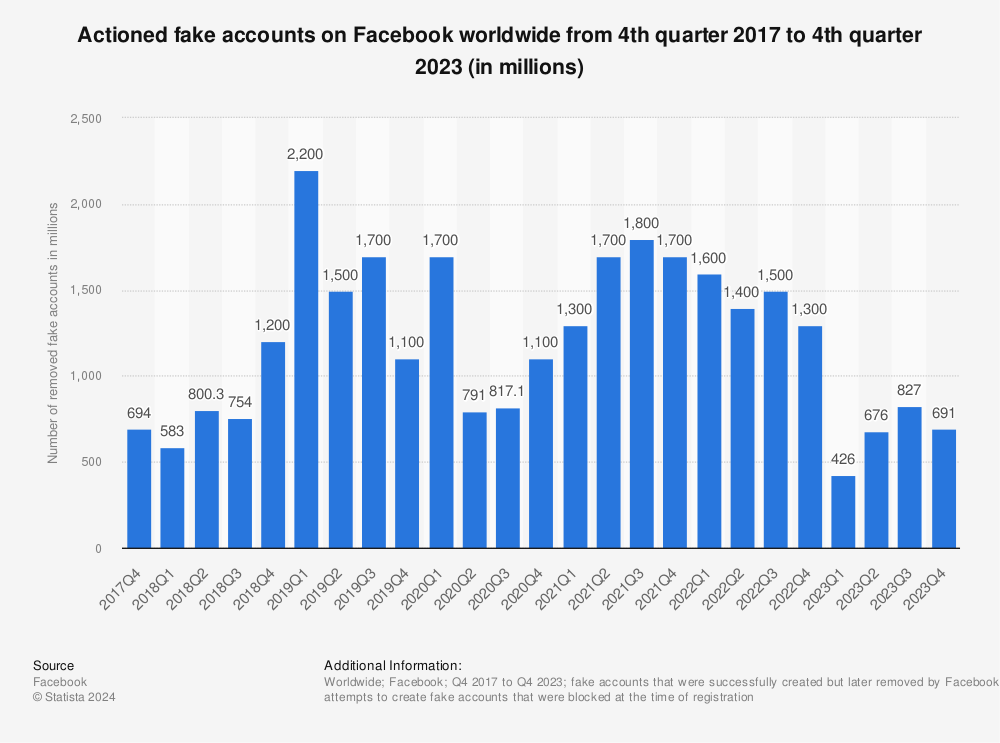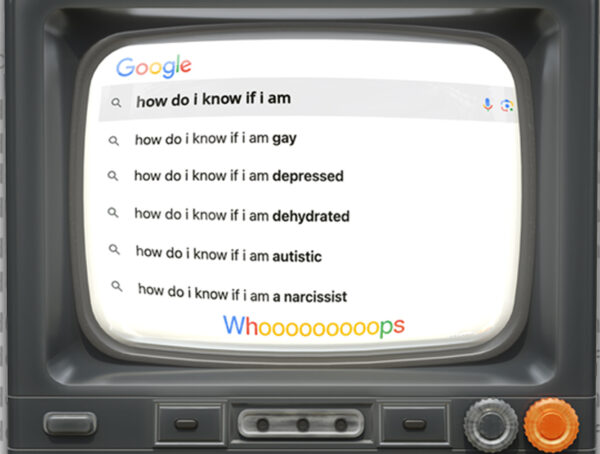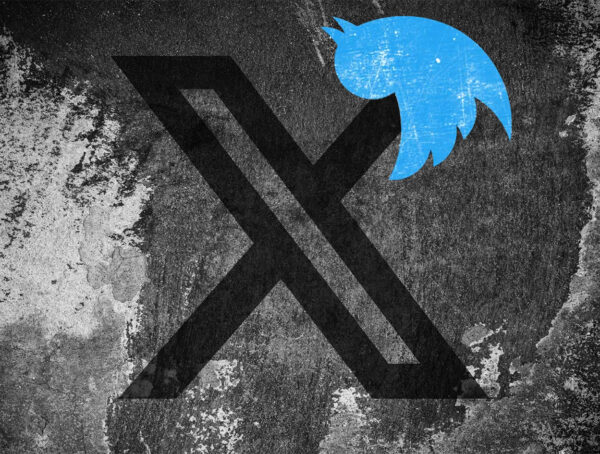Social media platforms like Facebook aren’t just for sharing memes or catching up with friends—they’ve become critical tools for shaping how we see ourselves, how businesses grow, and even how trends explode worldwide. One of the most recognizable metrics? The almighty “like.” It’s become a kind of shorthand for popularity, influence, and, let’s be honest, validation.

Imagine this: you’re a business, investing in Facebook ads to connect with real people. But what if many of those “people” clicking, liking, and engaging aren’t real at all? This is the hidden issue Facebook has been wrestling with; combating millions of fake accounts disrupting their platform. And they aren’t just idle profiles; they actively click on ads, inflating numbers and draining millions of dollars in ad budget.
The Hidden Economy of Facebook Likes
In the digital age, social media platforms like Facebook have become pivotal in shaping personal identities, business strategies, and even global trends. Among the myriad of metrics that gauge online presence, the number of “likes” a page garners usually serves as a barometer of popularity and influence.
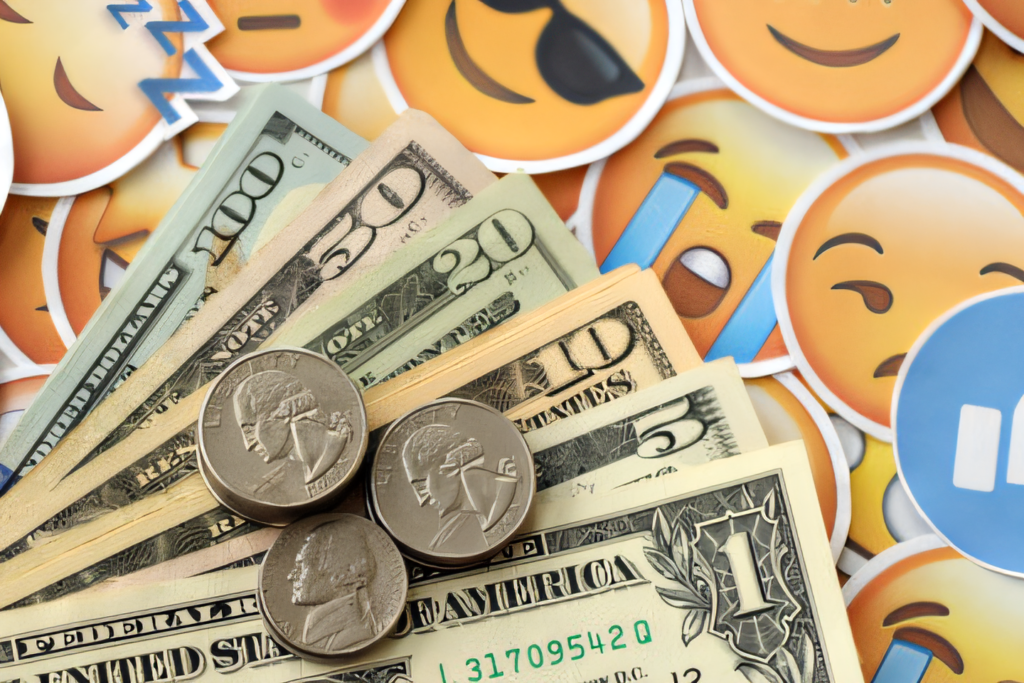
If you dig deep enough, you’ll come to notice that many of them reflective of human interest, or is there a more intricate mechanism at play? Let’s delve into the fascinating world of Facebook likes, exploring their true value, the rise of click-farms, and the unintended consequences of leveraging Facebook’s advertising system.
The Curious Case of Virtual Bagel
There is a Facebook page named Virtual Bagel, boasting over 4,000 likes. At first glance, the concept “we send you bagels via the Internet – just download and enjoy” seems like a playful jest. However, this page was more than a humorous endeavor; it was a controlled experiment orchestrated by Rory Cellan-Jones, a BBC technology correspondent, back in 2012. His objective was simple: to determine the real worth of a “like” on Facebook.
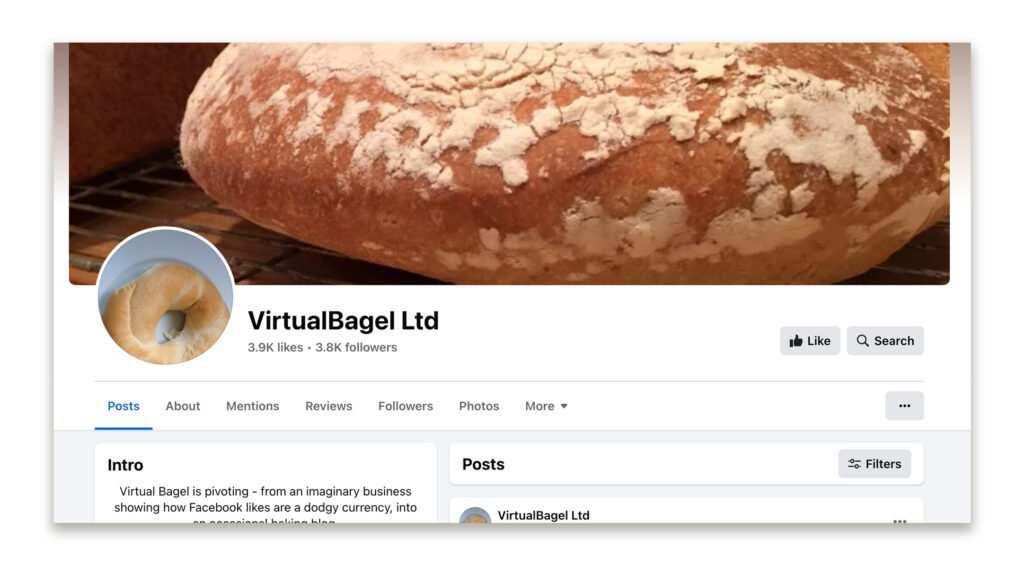
Cellan-Jones initiated this experiment by purchasing likes for Virtual Bagel. Facebook offers two primary avenues for acquiring likes: the legitimate advertising route and the illegitimate path through click-farms. The latter involves websites like BoostLikes.com, where users can buy 1,000 likes for approximately $75.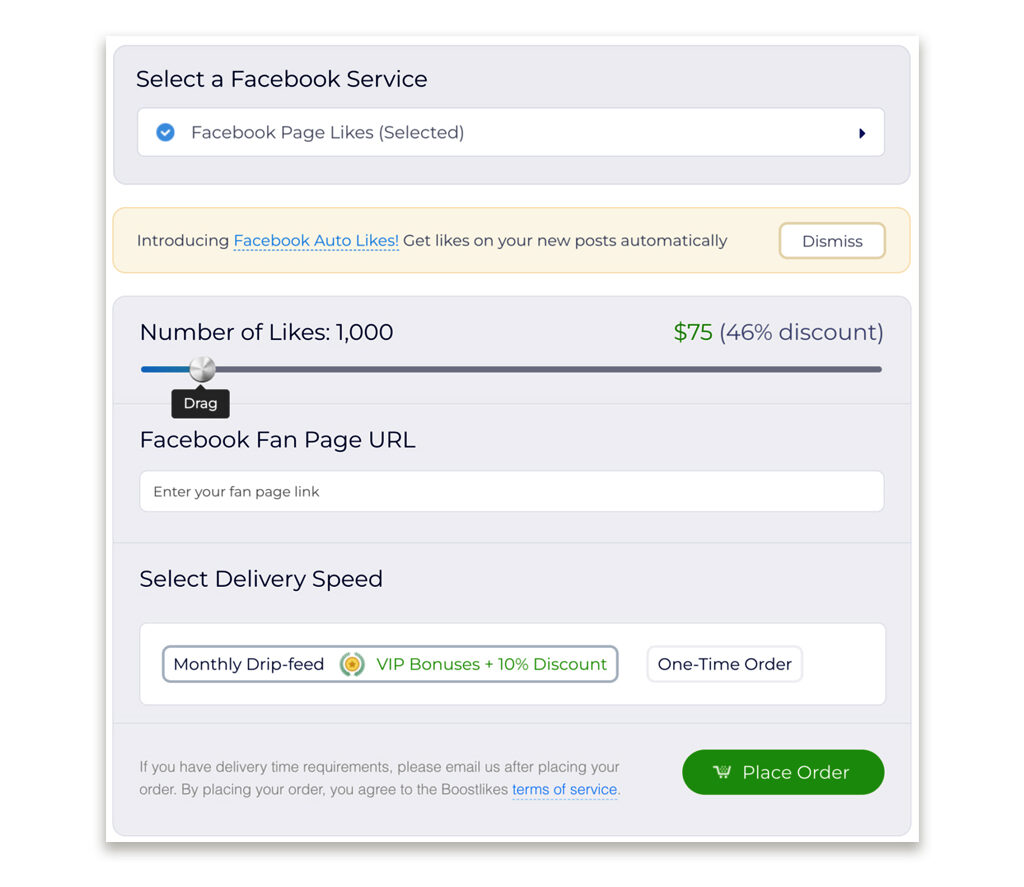
These services operate by employing click-farm workers in developing nations such as India, the Philippines, Nepal, Sri Lanka, Egypt, Indonesia, and Bangladesh. These workers are compensated a mere dollar for every thousand likes they generate. It is really a stark illustration of the low-cost underpinnings of fake social validation.
The Legitimacy Dilemma
Obviously Facebook explicitly prohibits click-farm likes, urging users to advertise for “genuine” followers.
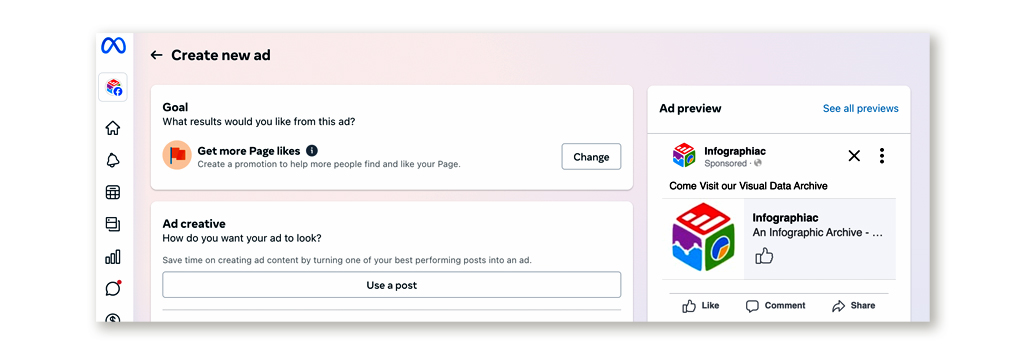
Yet, after spending $100 on ads, Rory Cellan-Jones saw most of Virtual Bagel’s 1,600 new likes come from developing countries. In 2019, Facebook announced they are cracking down on this issues and filed three lawsuits against Chinese companies selling fake accounts.
The Anatomy of Fake Likes

Personal Encounters with Fake Engagement
When I first created my Facebook Page, Facebook offered me $50 worth of free promotion for my page, which at the time had a modest following of less than 200 likes. Eager to expand my reach, I accepted the offer. The results were immediate: within days, my likes quintupled, ballooning to approximately well over 1,000 likes.
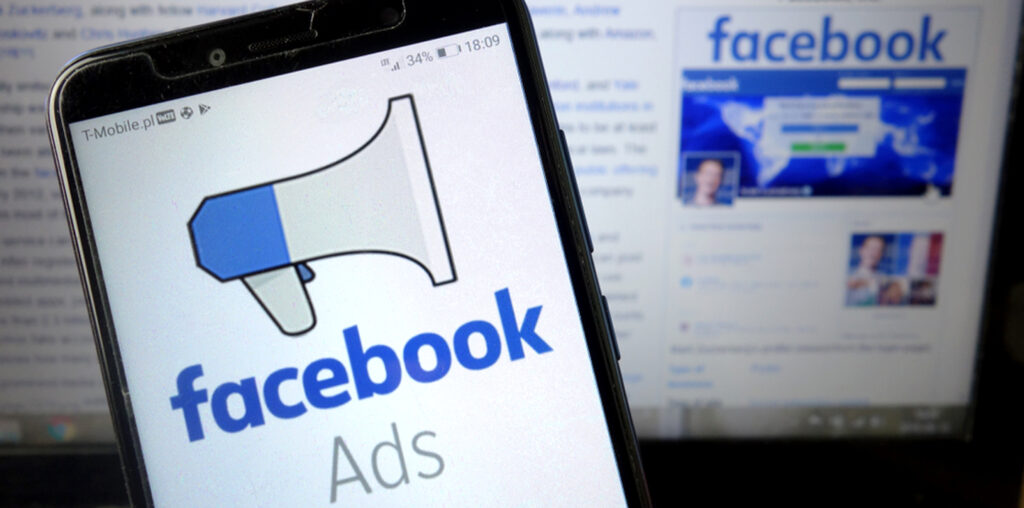
Analyzing the engagement metrics revealed a stark contrast between genuine and fake likes. While countries like Canada and the United States saw about 30% of their likes engaging with my content, regions like Egypt, Indonesia, Pakistan, and others exhibited less than 1% engagement. These figures indicated that a significant portion—around 75%—of my likes originated from regions with negligible interaction rates, pointing to the prevalence of fake or disengaged followers.
Facebook’s algorithmic Penalties
If you buy fake likes, you risk significant penalties from Facebook, which employs sophisticated systems and algorithms to detect inauthentic activity. Facebook’s algorithms analyze unusual patterns, such as a sudden surge of likes from geographically dispersed or click-farm-heavy regions.

Profiles associated with fake likes often exhibit red flags, like liking thousands of unrelated pages or having incomplete or suspicious account details. Additionally, Facebook cross-references engagement metrics; if a large number of likes don’t correlate with genuine interactions like comments or shares, it signals fraudulent activity. When fake likes are detected, Facebook may penalize the page by reducing its organic reach, suspending ad accounts, or even banning the page entirely.
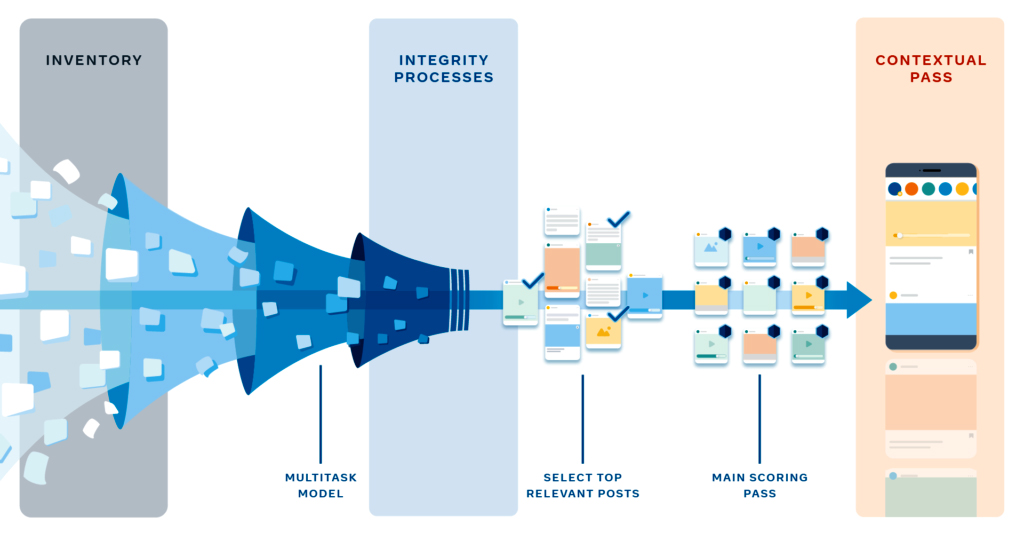
For businesses there are legal consequences as we. In 2024, the FTC has implemented regulations specifically targeting fake social media engagement, empowering the agency to impose fines on those engaging in such deceptive practices. Companies can face fines up to $51,000 per violation for engaging in these fraudulent practices.
1. Sudden Spikes in Likes
- Unusual Activity Patterns: A rapid and disproportionate increase in likes, especially without a corresponding increase in content quality or visibility, raises red flags.
- Geographic Mismatches: If most likes originate from regions outside your typical audience location, it can indicate inauthentic activity.
2. Engagement Disparities
- Low Engagement Rates: Purchased likes often don’t translate into genuine engagement (comments, shares, or meaningful interactions). A high number of likes but very few comments or shares can signal fake activity.
- Inconsistent Metrics: Algorithms can spot anomalies where like counts don’t match other engagement indicators.
3. Bot-Like Behavior
- Patterns in Activity: Bots and fake accounts often like hundreds of pages in a short timeframe. Facebook tracks such patterns to flag accounts for review.
- Profile Irregularities: Fake accounts often have incomplete profiles, generic names, or little personal activity.
4. IP Address and Device Monitoring
- Clustered IP Addresses: Fake likes may come from accounts created or operated from the same IP address or range.
- Automated Behavior Detection: Facebook can detect scripts or bots generating likes by analyzing device usage patterns.
5. Third-Party Linkages
- Connections to Like Farms: Facebook identifies and tracks like farms and blocks accounts tied to these networks.
- API Abuse: If external tools or services interact with Facebook improperly (e.g., through APIs), they may trigger scrutiny.
6. Manual Reporting and Reviews
- User Reports: Users or competitors may report suspected fake likes, prompting manual review.
- Routine Audits: Facebook conducts routine audits of accounts and pages to detect and eliminate fake engagement.
7. Inactivity or Dormant Accounts
- Engagement History: Accounts that have been inactive for a long time and suddenly start liking pages or posts are likely flagged.
- Account Lifespan: Newly created accounts engaging en masse with content are also suspect.
8. Behavioral Analysis
- Unnatural Liking Patterns: Bots or fake accounts might like posts in batches or follow unnatural patterns, which are easy for algorithms to detect.
- Time of Engagement: Likes from accounts during odd hours inconsistent with your typical audience behavior can raise suspicion.
The Click-Farm Conundrum
The crux of the issue lies in the operational dynamics of click-farms. To evade detection by Facebook’s sophisticated fraud algorithms, click-farm workers are instructed to interact with a diverse array of pages beyond their contracted assignments. This behavior mimics genuine user activity, making it challenging to identify and eliminate fake likes en masse. Consequently, platforms like Facebook inadvertently maintain a facade of authenticity, even as a substantial portion of likes remains inauthentic.
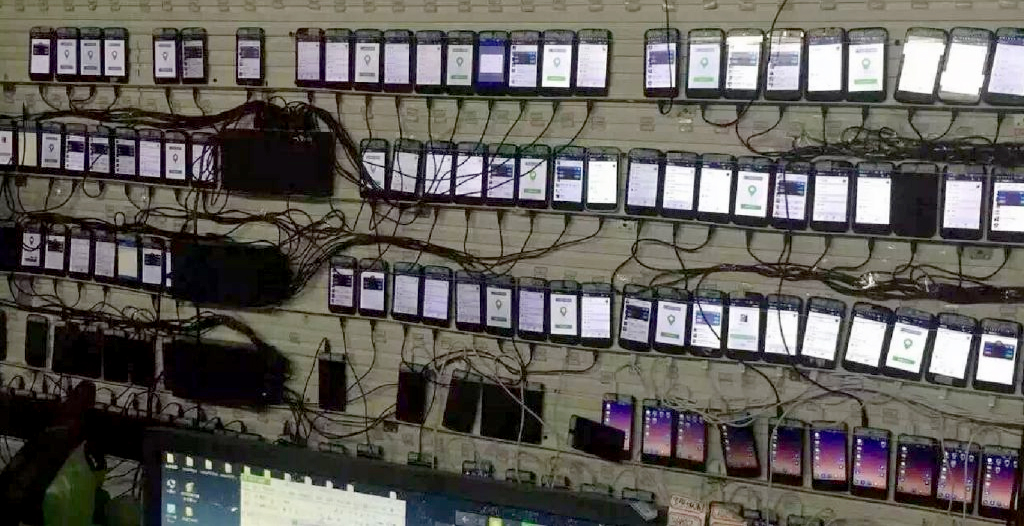
Moreover, the presence of fake likes undermines the efficacy of organic reach. Facebook’s algorithm relies heavily on initial engagement to determine the distribution of content. With a diluted base of genuine fans, posts receive limited interaction, prompting a vicious cycle where page owners feel compelled to invest further in paid promotions to achieve meaningful reach—thereby fueling Facebook’s advertising revenue.
The Enigma of Genuine Fake Likes
Here’s something surprising: not all fake Facebook likes are easy to spot. Take Virtual Cat, a test page created to see how buying legitimate likes on Facebook works. The idea was to target a specific audience—cat lovers in Western countries—while avoiding areas known for “click farms,” where workers are paid to generate fake likes.
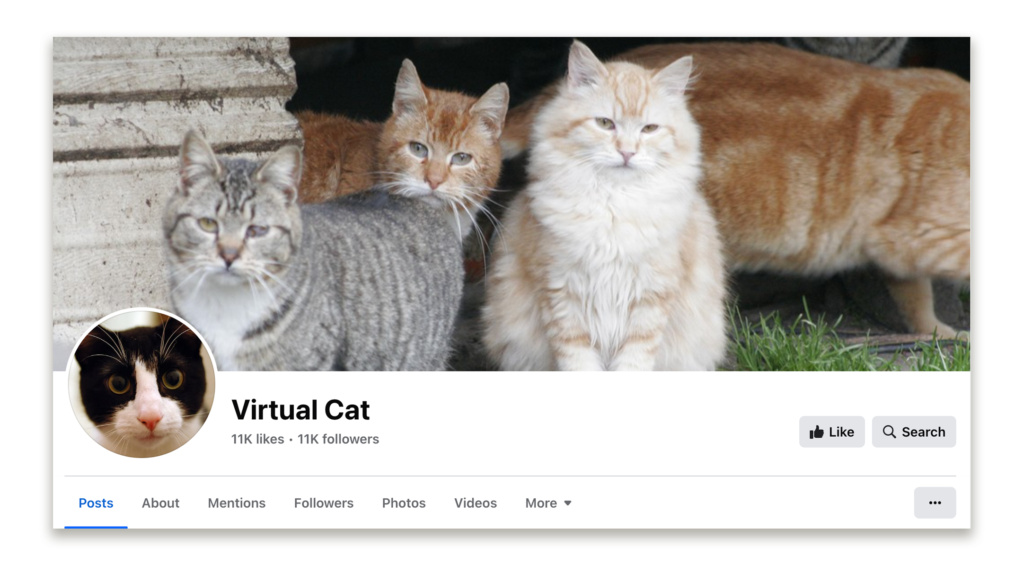
Within minutes of paying for these “authentic” likes, the page gained 39 followers, each costing about 25 cents. But here’s the strange part: many of these likes came from accounts that didn’t act like real people. These profiles liked thousands of random things, from big companies like T-Mobile to everyday products like kitchen scrubbers and mouthwash.
This shows that not all fake likes come from click farms. Some might be created by automated programs or other unknown methods that make it harder to tell what’s real and what’s not. Even when you try to do everything the right way, fake engagement can sneak in, distorting the results.
1. Characteristics of Non-Human Behavior
Profiles engaging in such activities often exhibit the following traits:
- Liking Unrelated Pages: Engaging with an unusually wide variety of categories, from corporate giants like T-Mobile to niche or mundane items such as kitchen products, is a hallmark of automated or inauthentic behavior.
- High Frequency of Activity: Liking hundreds or thousands of pages in short periods—beyond normal human capabilities.
- Lack of Personal Content: These profiles often have few personal posts, friends, or interactions that would indicate authentic use.
- Repetitive or Scripted Patterns: Automation scripts may follow consistent patterns, such as liking specific page types or categories irrespective of relevance.
2. Sources of Fake Likes
Click Farms
- What They Do: Click farms employ low-paid workers to generate likes, shares, or follows, often manually. This can lead to similar patterns of liking disparate pages if workers are assigned broad lists of pages to engage with.
- Example: A 2018 New York Times investigation revealed the inner workings of click farms in Bangladesh, where workers used real accounts to generate thousands of likes on pages ranging from major companies to obscure products.
Automated Scripts
- What They Do: Bots use algorithms or scripts to perform actions like liking pages in bulk. Unlike click farms, this behavior is entirely automated and lacks any human oversight, leading to more predictable and unnatural patterns.
- Example: In 2019, researchers at Facebook discovered and removed over 2.2 billion fake accounts, many of which were run by bots exhibiting non-human behavior like mass-liking pages across unrelated categories.
Unidentified Mechanisms
- Some fake likes might originate from compromised accounts or unknown sources exploiting platform vulnerabilities.
- Example: In 2020, BuzzFeed News reported that some fake likes came from hacked accounts programmed to engage with pages without the user’s knowledge.
3. Real-World Example
Mundane Items (Kitchen Scrubbers, Mouthwash)
- Bots are often indiscriminate in their actions, liking pages for low-profile products. This is sometimes due to:
- Broad targeting by click farms instructed to like “all available pages.”
- Bots designed to simulate human diversity in interests.
- Example: In 2015, a study by The Atlantic examined fake likes on Facebook, revealing bots that liked everything from toothpaste brands to obscure local businesses.
The Unsolvable Puzzle
The persistent presence of fake likes poses a multifaceted challenge. On one hand, they dilute the authenticity of social metrics, making it difficult for genuine users and businesses to gauge true engagement. On the other hand, they perpetuate a system where organic reach is stifled, compelling more users to invest in paid promotions—thereby sustaining Facebook’s revenue streams while masking the underlying issue.
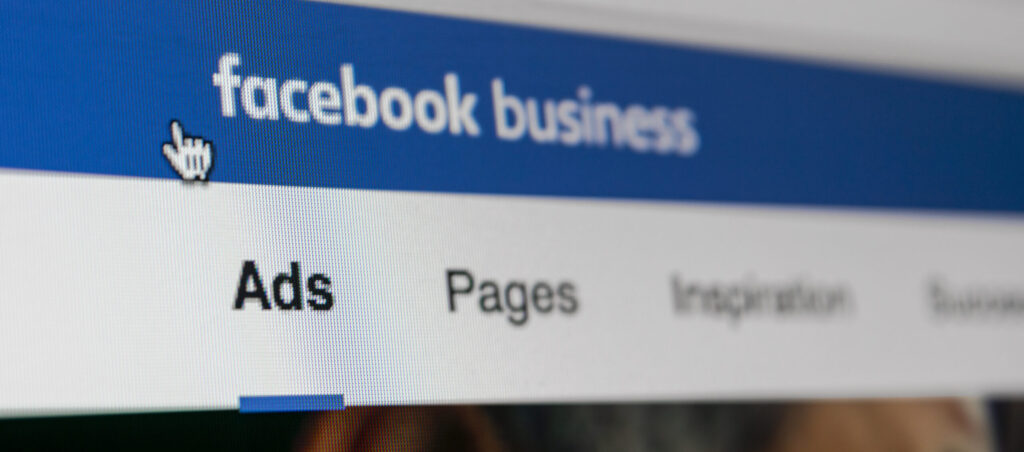
Despite awareness and ongoing efforts to combat fake likes, the problem remains entrenched. The inherent complexity of distinguishing between genuine and fake interactions, coupled with the economic incentives driving click-farms, ensures that this issue is far from resolved.
Conclusion: Navigating the Digital Mirage
The quest for social validation through Facebook likes is fraught with complexities that transcend mere numbers. The interplay between legitimate advertising, click-farms, and algorithmic biases creates a labyrinthine ecosystem where authenticity is often compromised. While platforms like Facebook endeavor to refine their systems, the prevalence of fake likes underscores the need for heightened vigilance and a more nuanced understanding of online engagement dynamics.
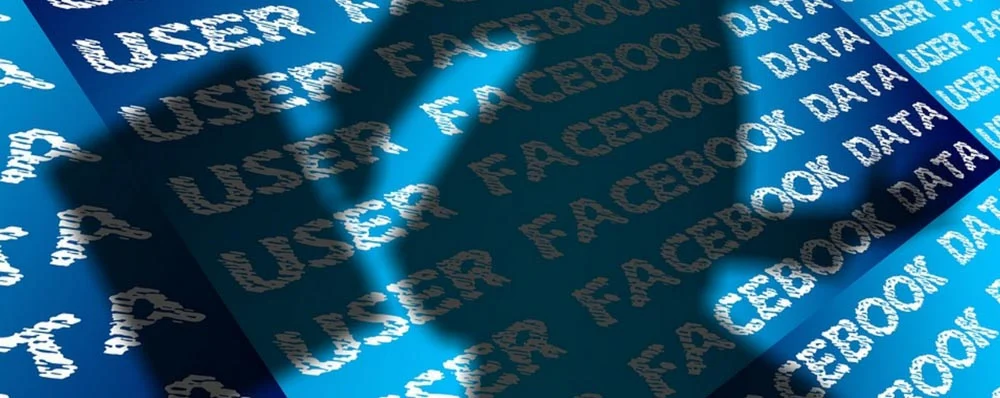
As we continue to navigate the digital landscape, it becomes imperative to prioritize genuine interactions over superficial metrics. After all, the true value of a like lies not in its quantity but in the quality of the connection it represents.
More from Digital Marketing
You Won’t Believe What People Are Googling: Auto-Suggest Nightmares
Without a doubt, Google autocomplete is one of the most illuminating windows into the human psyche. It’s not some cold, …
How the Pros Use X: Tweeting Tactics for Explosive Growth
The Hidden Science of X's Tweet Visibility Most users assume their tweets are simply tossed into the mix, waiting to be …
The Internet Revolution: From AOL CDs to Web 4.0 Wonders”
The digital landscape of today is nothing short of revolutionary. Emerging over the last century, we live in an …










